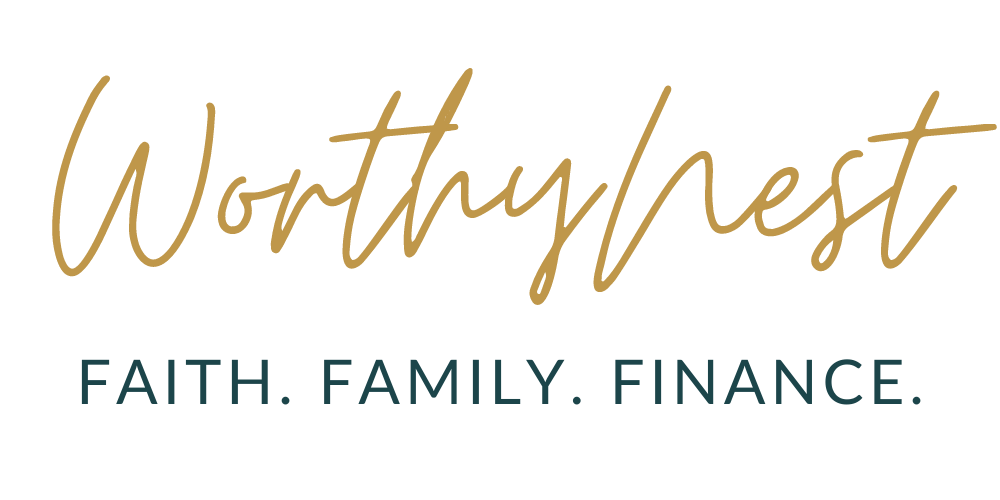The Future of Generosity
Merriam-Webster defines “generous” in one of three ways:
Liberal in giving
Marked by abundance or ample proportions
Characterized by a noble or kindly spirit
A Generosity Crisis
Given the positive connotation, I’d assume EVERYONE wants to be more generous.
And yet, just 56% of Americans make philanthropic gifts. The average charitable giving level amounts to 2% of income annually.
Charitable giving surpassed $400 billion in 2020, which represents 2.1% of Gross Domestic Product (“GDP”). However, we’ve remained at this level for about 40 years. That’s too many years of too little progress.
If Americans would increase their charitable giving by just 1% annually, we’d have $200 billion MORE available to animal, community development, education, environmental, and health and human services organizations.
Nathan Chappell, Senior Vice President of Donorsearch Aristotle, believes we can solve the world’s most pressing issues through an increase in generosity. And I agree with him.
The Makeup of Charitable Giving
Ultra high-net-worth (“HNW”) individuals, typically defined as having at least $30 million of investable assets, are making greater charitable gifts now than ever in history. However, not every affluent individual is making sizable gifts. A 2013 Spectrum Group study of investors with financial net worth ranging from $5 to $25 million showed that less than 64% of this group gave at least $10,000 to charitable causes.
Furthermore, HNW persons very seldom give to religious causes. I witnessed firsthand in my prior role at a multi-family office that HNW individuals are more apt to give to arts, education, environment or health causes.
Religion and generosity are certainly linked. If you have any religious affiliation, you are 16% more likely to make a charitable gift to any nonprofit organization. You’re also likely to give twice as much to charitable organizations than an atheist or agnostic friend.
I see this scenario play out when reviewing cash flow templates with clients. Many of my clients are Christian, and even at similar income levels, they “outgive” clients with no religious affiliation. I think this discrepancy is attributable to stewardship, and more specifically, tithing.
The Power of Tithing
Engaged Christ-followers believe that God owns everything. The houses we occupy, cars we drive, clothes we wear … all of these are gifts from God. He provides the ability for us to earn an income and financially support our families.
Tithing was introduced as law in Leviticus 27:30-34,
“Every tithe of the land, whether of the seed of the land or of the fruit of the trees, is the Lord’s; it is holy to the Lord. If a man wishes to redeem some of his tithe, he shall add a fifth to it. And every tithe of herds and flocks, every tenth animal of all that pass under the herdsman’s staff, shall be holy to the Lord. One shall not differentiate between good or bad, neither shall he make a substitute for it; and if he does substitute for it, then both it and the substitute shall be holy; it shall not be redeemed.”
Tithe literally means tenth. The first 10% is considered holy, belonging to God. Christians are called to give ten percent of their gross income back to the church. Catholics are also Christians but take a slightly liberal stance on who should benefit from that ten percent. For instance, Catholics may only give five percent to the church but the other five percent to charitable organizations that feed the hungry, provide shelter for the homeless or treat medical ailments.
Now for a confession: Tithing wasn’t even on my radar in my twenties or early thirties. I quietly watched my parents place checks in the collection basket weekly at our Catholic church throughout childhood, but we never discussed the dollar amount relative to their earnings. As a young adult, I prioritized giving but did not expend energy on determining the right donation amount. My husband Bryan and I consistently give the first 10% to God now, and we take great joy in charitable giving. As household income grows, our charitable giving also expands.
You Have an Opportunity
You have the power to shape the future of generosity. As Advent approaches, prayerfully consider if God is calling your family to a higher level of charitable giving. Think about the impact you could have on families in need, both locally and abroad. Consider the families who will go hungry tonight, won’t be able to cover next month’s rent or those who do not have access to clean water.
And remember, it is never too late to start tithing. If you’re currently giving 2% and want to get to 10%, realign your budget with your intentions. Take a hard look at expense areas you can reduce such as entertainment or dining out and increase charitable contributions accordingly.
You may not get to the 10% level as quickly as planned, but stick with it and track your progress. Allocate a portion of bonuses or tax refunds to charitable giving, too. Schedule a free, initial consultation with me if you are charitably-inclined but seeking further direction.
This post was inspired by Nathan Chappell's Talk in the OSV Talks series, a series of topics from prominent Catholic leaders to spark discussion, explore new or re-explore old approaches, and inspire creative thinking, all from the heart of the Church.
At WorthyNest®, we guide parents through important financial decisions using a values-based approach. Contact us to explore a one-on-one relationship.

